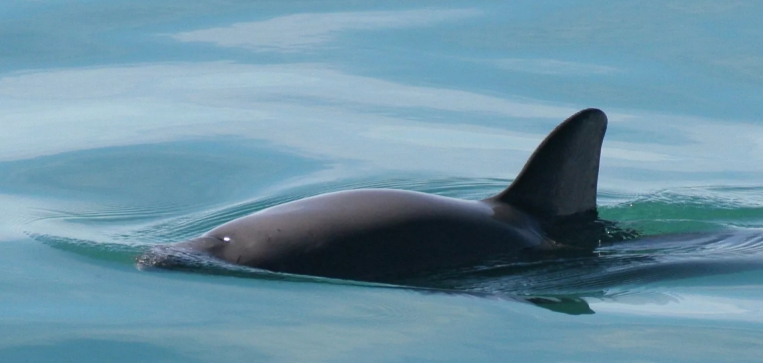The smallest ocean in the world is a fascinating topic that often goes unnoticed in discussions about our planet’s vast bodies of water. Known as the Arctic Ocean, its unique characteristics and ecological importance make it a subject worth exploring. Understanding the smallest ocean helps us appreciate the diversity of Earth’s ecosystems and raises awareness about climate change’s impacts on these delicate environments.
The Arctic Ocean: An Overview
The Arctic Ocean covers an area of about 15.6 million square kilometers (6.1 million square miles), making it the smallest and shallowest of the world’s oceans. Nestled mainly around the North Pole, it is bordered by several countries, including Canada, Russia, Greenland, and the United States. Despite its small size, the Arctic Ocean plays a crucial role in regulating the Earth’s climate and serves as a habitat for diverse marine life, ranging from plankton to polar bears. The unique ice-covered landscape also presents a captivating allure for scientists and adventure-seekers alike.
Unique Ecosystems and Biodiversity
The Arctic Ocean is home to a range of ecosystems that thrive in extreme conditions. The cold waters support various species, including seals, walruses, and migratory birds. Moreover, it hosts some of the world’s most productive marine environments, thanks to nutrient-rich waters that swell during the summer melt. Melting sea ice also opens up new opportunities for research and exploration, as it allows access to previously unreachable areas. However, the delicate balance of these ecosystems is under threat, primarily due to climate change, which is causing unprecedented ice melt and altering marine habitats.
Human Impact and Conservation Efforts
As the smallest ocean, the Arctic Ocean faces unique challenges due to its geographical and ecological vulnerabilities. Increasing shipping traffic, oil extraction, and commercial fishing pose significant risks to its fragile environment. Conservation efforts are crucial to protecting this remarkable ocean and its inhabitants. Initiatives led by various organizations aim to raise awareness and implement sustainable practices to reduce human impact. Understanding these challenges encourages individuals and communities to take part in preservation efforts, ensuring that future generations can enjoy the Arctic’s beauty.
In conclusion, the Arctic Ocean, as the smallest ocean on our planet, holds immense significance in terms of climate regulation and biodiversity. By learning more about its ecosystems and the challenges it faces, we can advocate for protective measures and contribute to a sustainable future. Engage with this topic further and discover ways to support conservation efforts or find educational resources to broaden your understanding of our world’s oceans.

